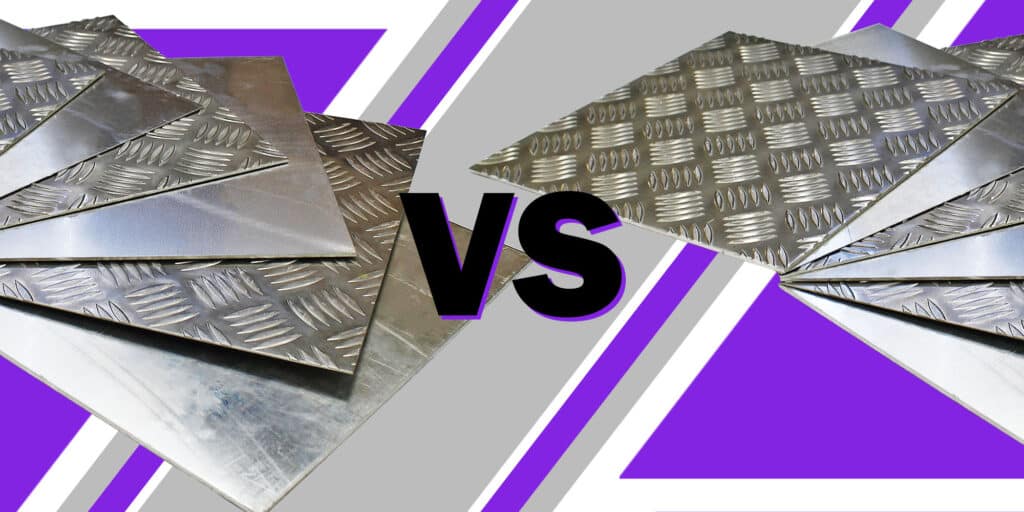
- Massive Range
- FREE UK Delivery
- Rapid Dispatch
- Massive Range
- FREE UK Delivery
- Rapid Dispatch
- Massive Range
- FREE UK Delivery
- Rapid Dispatch
Menu
Home » Ensuring Longevity: The Protective Benefits of Powder Coating
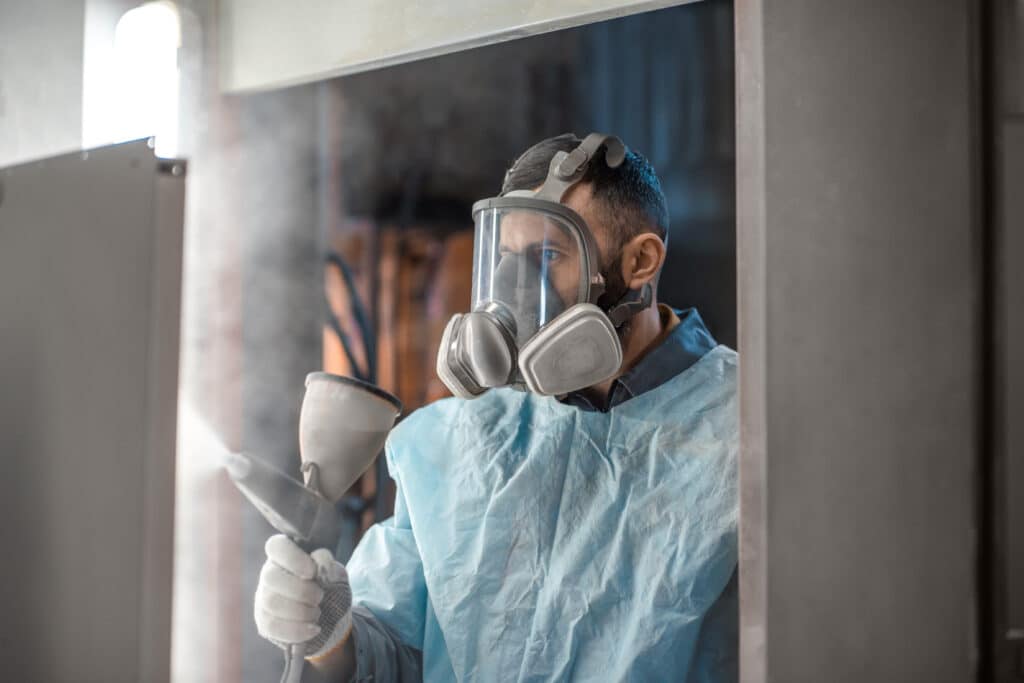
As industries continue to evolve, the quest for durable, efficient and environmentally friendly finishes has led to the popularisation of powder coating. Once considered a niche technique, powder coating has transformed into a predominant finishing process, largely due to its myriad protective benefits and versatility. In this blog, we’ll delve into the protective benefits of powder coating and how it ensures the longevity of products.
One of the standout features of powder coating is its exceptional durability. Unlike traditional paints that might chip or fade over time, powder-coated finishes are known to be more resistant to chipping, scratching and other wear issues. This resistance ensures that items maintain their brand-new look for longer periods.
Corrosion is the arch-nemesis of metal products. With powder coating, a seamless and consistent layer is formed on the surface of the item. This continuous layer minimises the risk of moisture, oxygen, or corrosive chemicals seeping through and causing rust or degradation.
Items placed outdoors are constantly exposed to the harsh UV rays of the sun, leading to fading or weakening over time. Powder coatings are often formulated to be UV resistant, ensuring that the color remains vibrant and the material retains its strength even under prolonged sun exposure.
In industrial settings, products are frequently exposed to chemicals that can cause traditional finishes to deteriorate rapidly. Powder-coated surfaces offer better resistance against such chemicals, ensuring the item remains protected in even the most challenging environments.
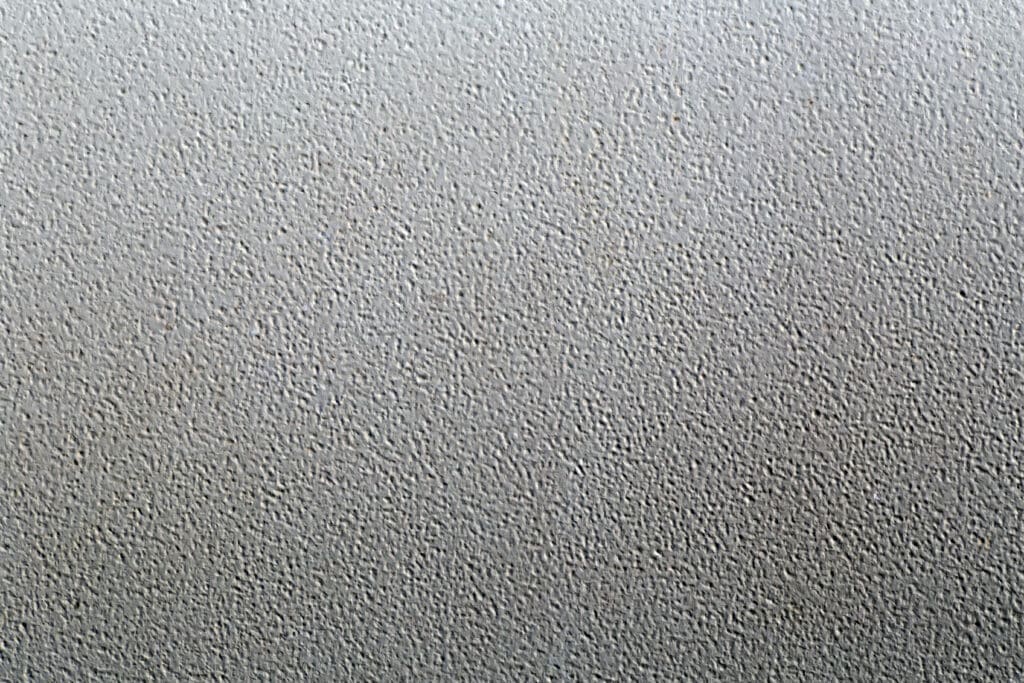
Powder coating stands out not just for its protective qualities but also its environmental advantages. The process doesn’t use solvents, which means there’s a significant reduction in the emission of volatile organic compounds (VOCs). Moreover, unused or oversprayed powder can be recycled, leading to nearly 100% utilisation of the coating material.
Given the inherent durability and resistance of powder-coated surfaces, maintenance costs are often lowered. The need for repainting or retouching is minimised, leading to long-term cost savings.
Protection doesn’t have to come at the expense of aesthetics. Powder coating provides a smooth, even finish without the common issues associated with liquid paints, such as dripping or running. This ensures that items look as good as they are protected.
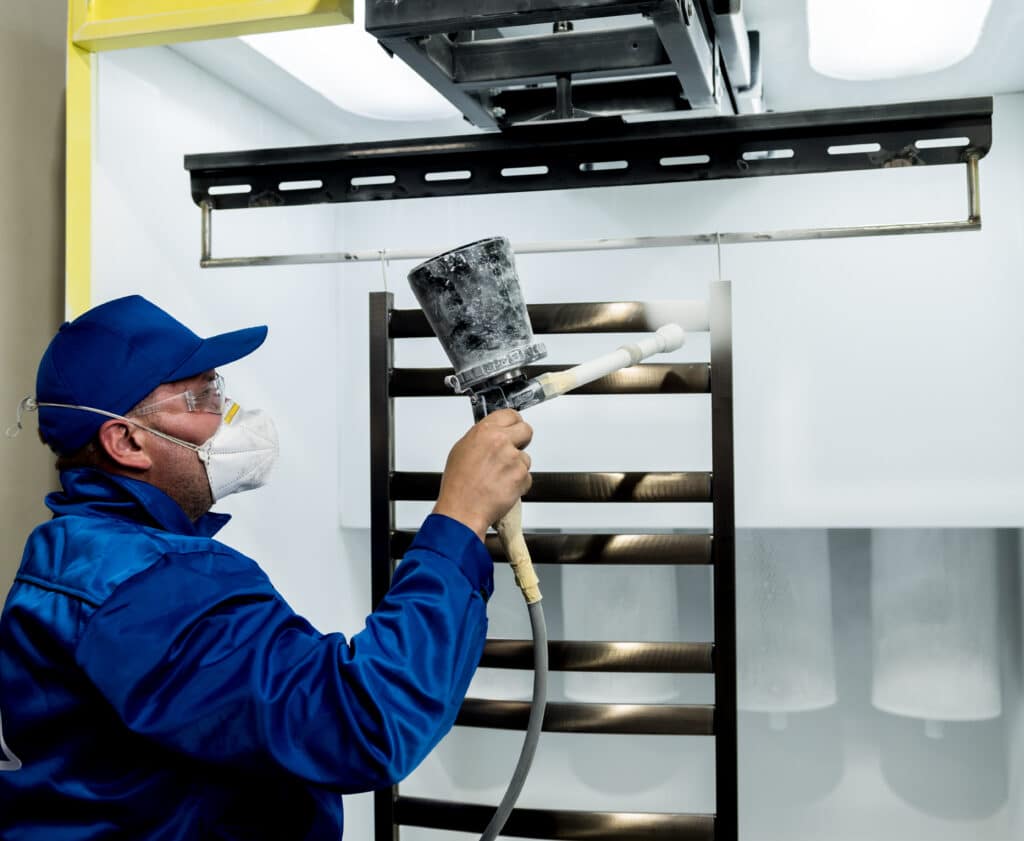
While there are numerous powder compositions available, the most common types are epoxy, polyester and acrylic. The choice of powder often depends on the intended use of the metal and the environment in which it will be placed.
This is a crucial step for any metal you intend to powder coat.
Aluminum and Aluminum Alloys:
Iron and Steel:
Stainless Steel:
Brass, Bronze, Copper:
Many metals, especially cast ones, have microscopic pores that trap gases. When these metals are heated during the curing process, the trapped gases are released and can create defects in the finished coating. To prevent this:
Certain areas of your metal part might need to be free from the powder coat, like threaded parts or areas where electrical grounding is essential. Use high-temperature tape or silicone plugs to mask these areas.
Using a powder coating gun, which imparts an electrostatic charge to the powder particles, spray the powder onto the metal’s surface. The charged particles will adhere to the grounded metal part.
Once the metal part is coated, it’s transferred to an oven where it’s heated to the powder’s specified curing temperature. This process allows the powder to melt and form a smooth, durable finish. The curing time and temperature can vary depending on the powder and the metal.
After curing, allow the metal part to cool to room temperature. Once cooled, remove any masking materials used.
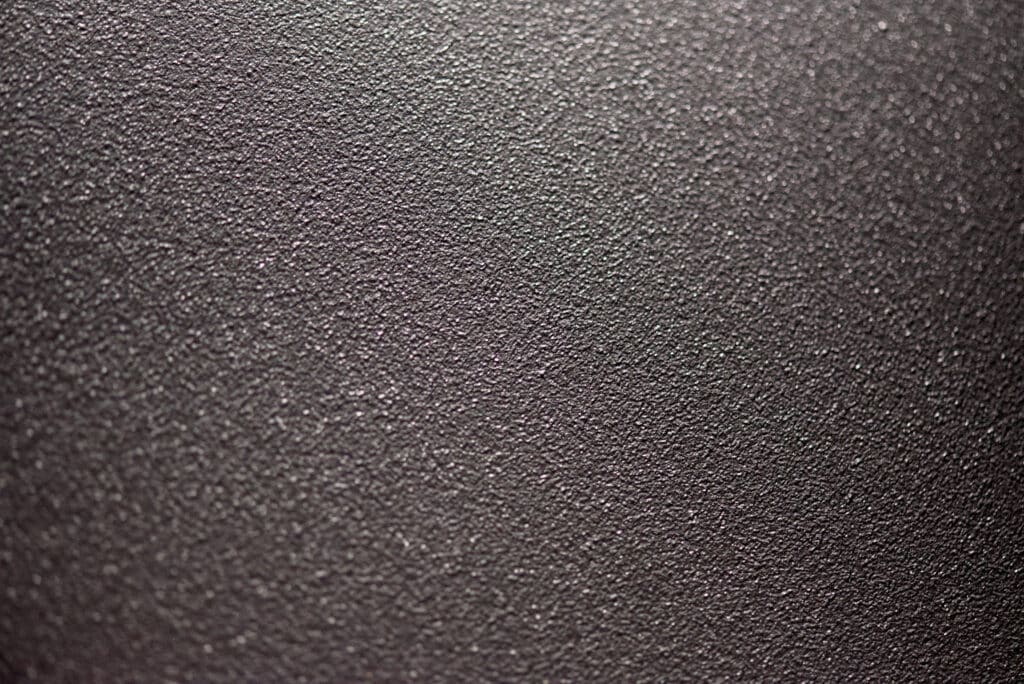
Limited to Thicker Coatings: Powder coating typically produces a relatively thicker finish compared to liquid paints. While this is beneficial for many applications, it might not be suitable for projects requiring a thin, smooth finish.
Not Ideal for Detailed Work: The electrostatic application method of powder coating can make it challenging to achieve intricate or detailed finishes on complex designs.
Color Matching Challenges: If a powder-coated item gets damaged and requires a touch-up, it can be difficult to perfectly match the original color, especially with custom colors or special finishes.
Costly Equipment: Setting up a powder coating operation requires a significant investment in equipment such as spray booths, curing ovens and electrostatic guns. For small-scale operations or one-off projects, this initial cost can be a deterrent.
Limited to Oven Size: The size of the curing oven limits the dimensions of the items that can be powder coated. Larger items, like some industrial machinery, may not fit, making traditional painting the only viable option.
Difficult to Change Colors: If you wish to change the powder color during production, the equipment must be thoroughly cleaned to prevent color contamination, which can be time-consuming.
Specialised Skill Required: Effective powder coating requires specialised knowledge and training. Poor application techniques can lead to uneven finishes, bubbles or other defects.
Surface Preparation is Crucial: Any imperfections, contaminants, or residues on the metal surface can interfere with adhesion, leading to peeling or flaking. Thorough cleaning and preparation are essential, which can be labor-intensive.
Less Flexibility with Certain Metals: Metals that can’t withstand the high temperatures required for curing the powder, such as certain plastics or rubbers, cannot be powder coated.
Potential for Orange Peel Texture: If not applied correctly, powder coating can sometimes result in an “orange peel” texture, which is a slightly bumpy surface resembling the skin of an orange.
As always, thank you for checking out our blog. We hope that this helps you with your project.
Please also check out the other articles in our helpful guide series. We have written about ‘Painting Galvanised Steel‘ and ‘Welding Steel’ recently so why not check them out?
We are also proud to sell this product on our highly popular eBay store, check us out there too.
If you have any further questions, feel free to contact us.

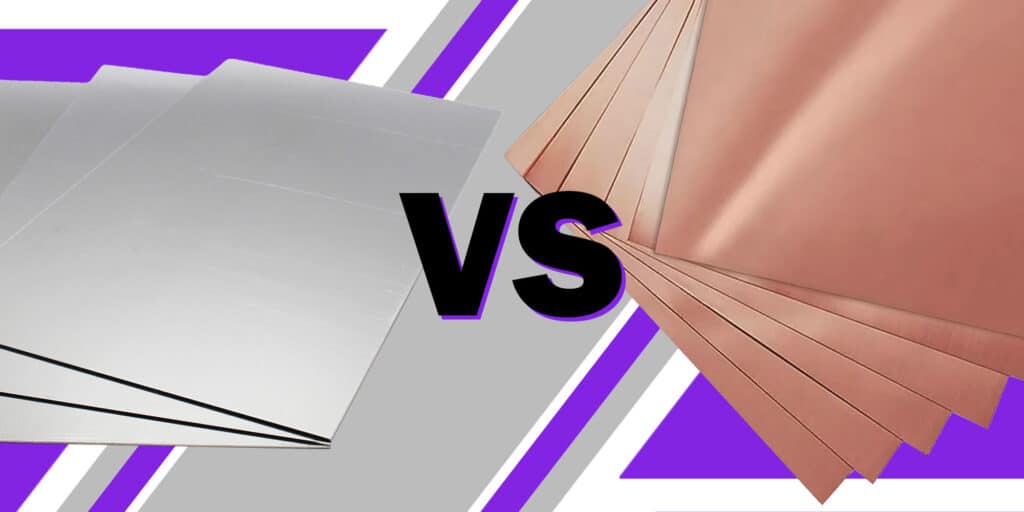
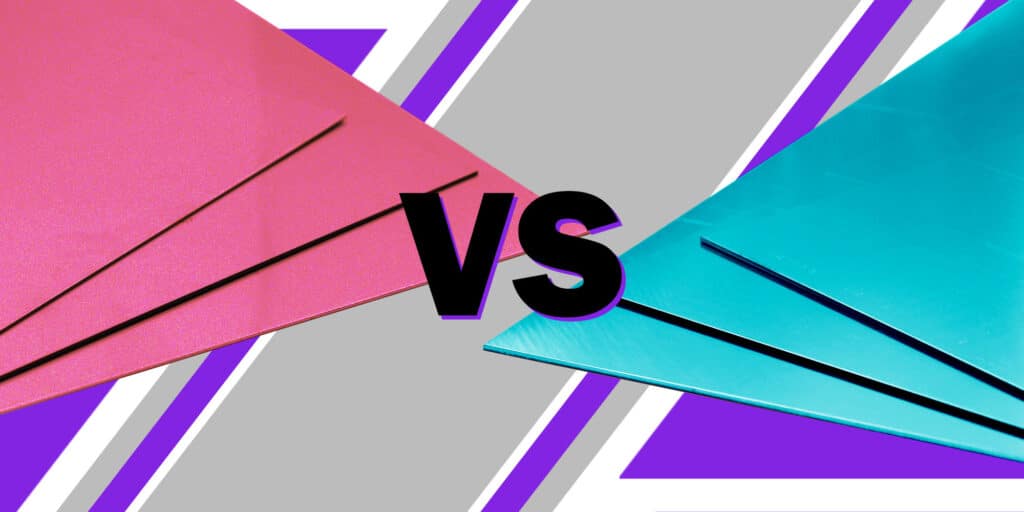
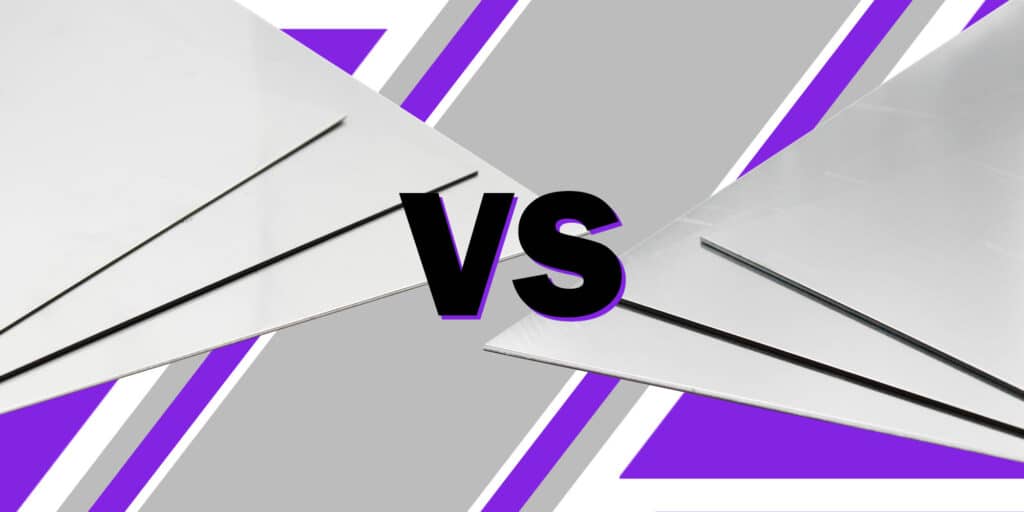
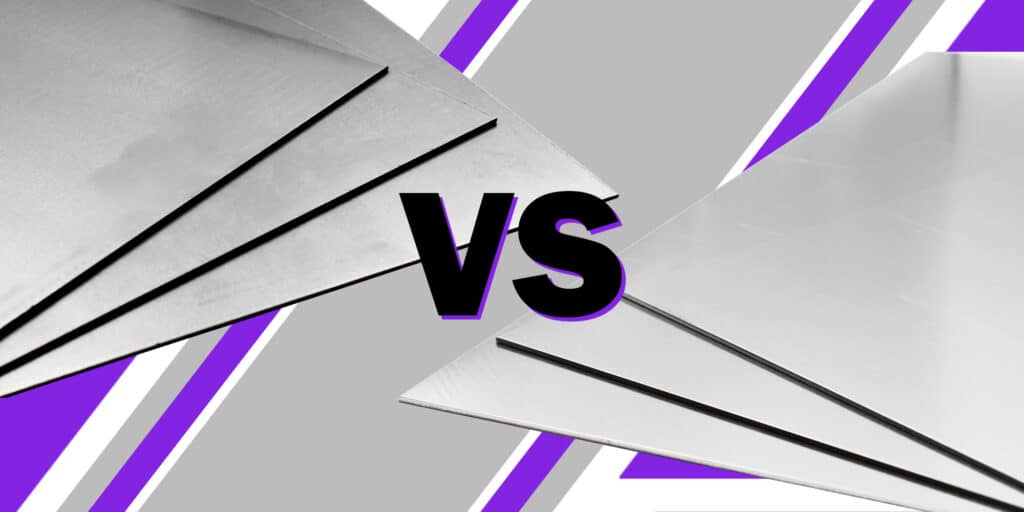
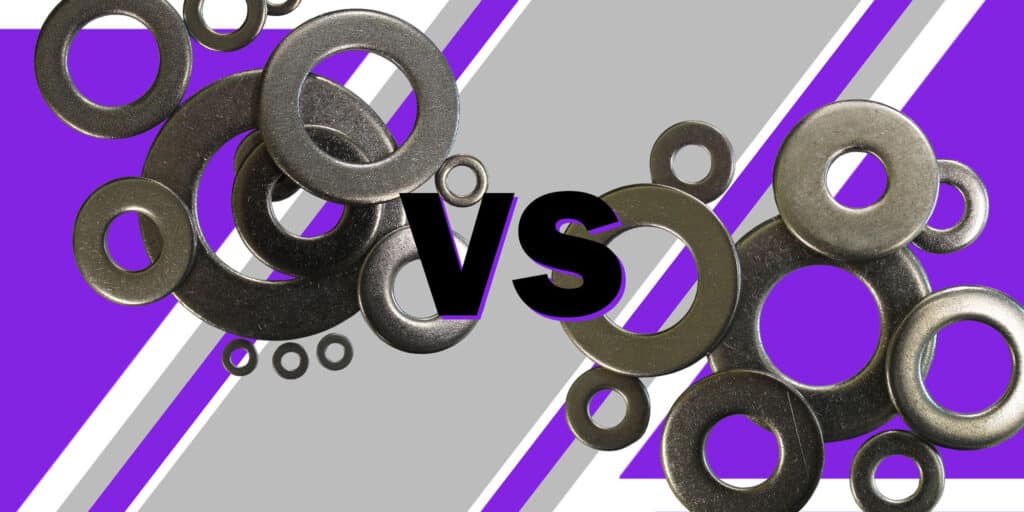
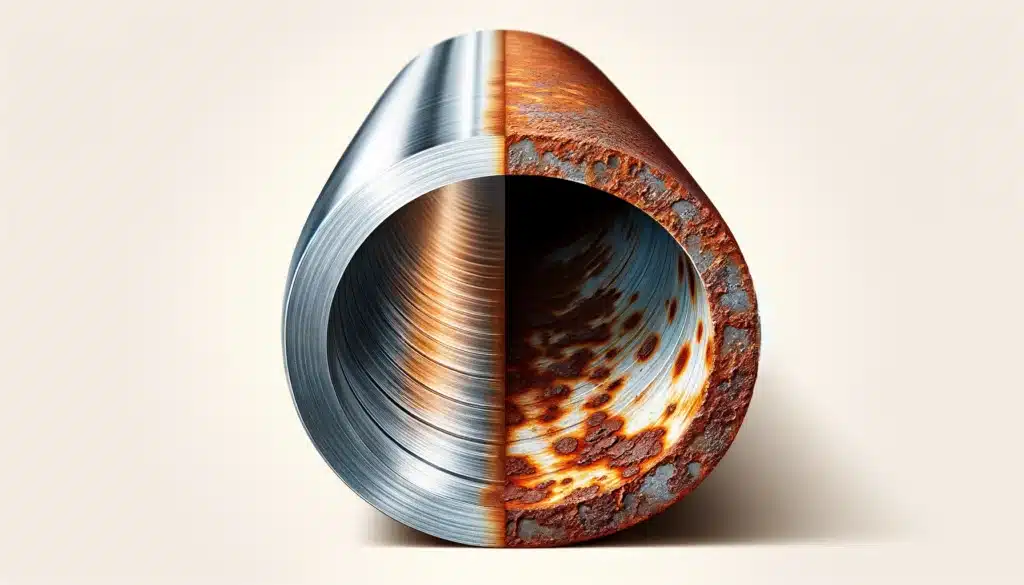
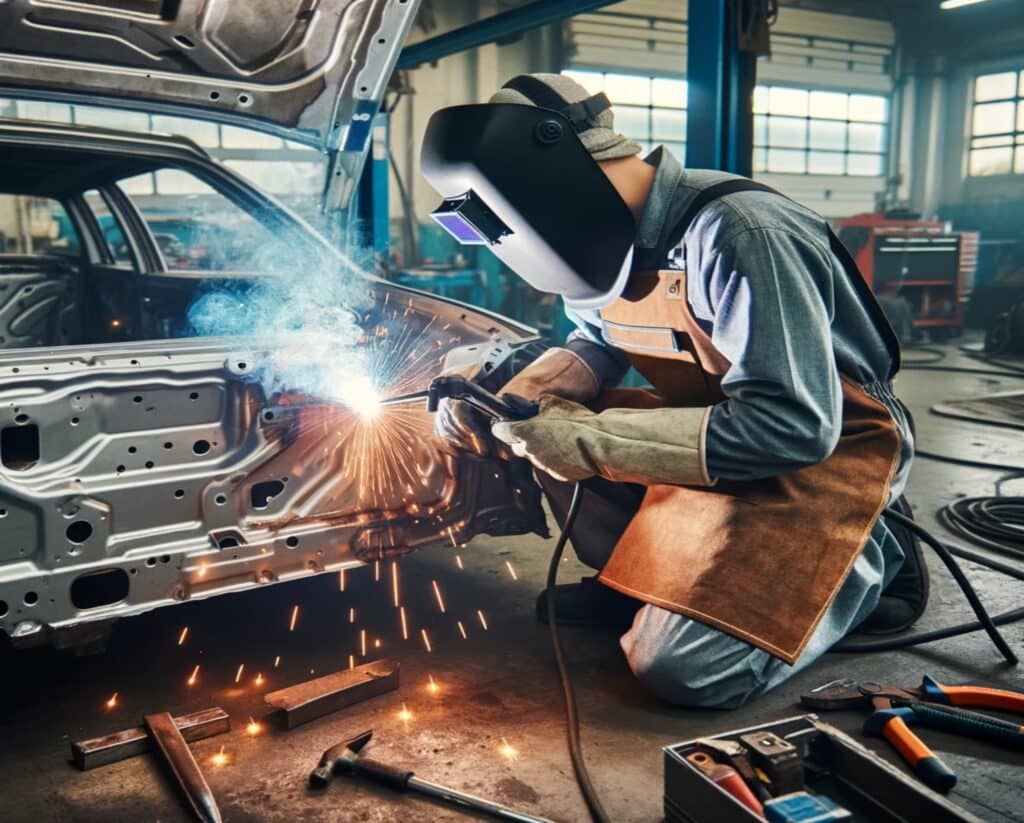
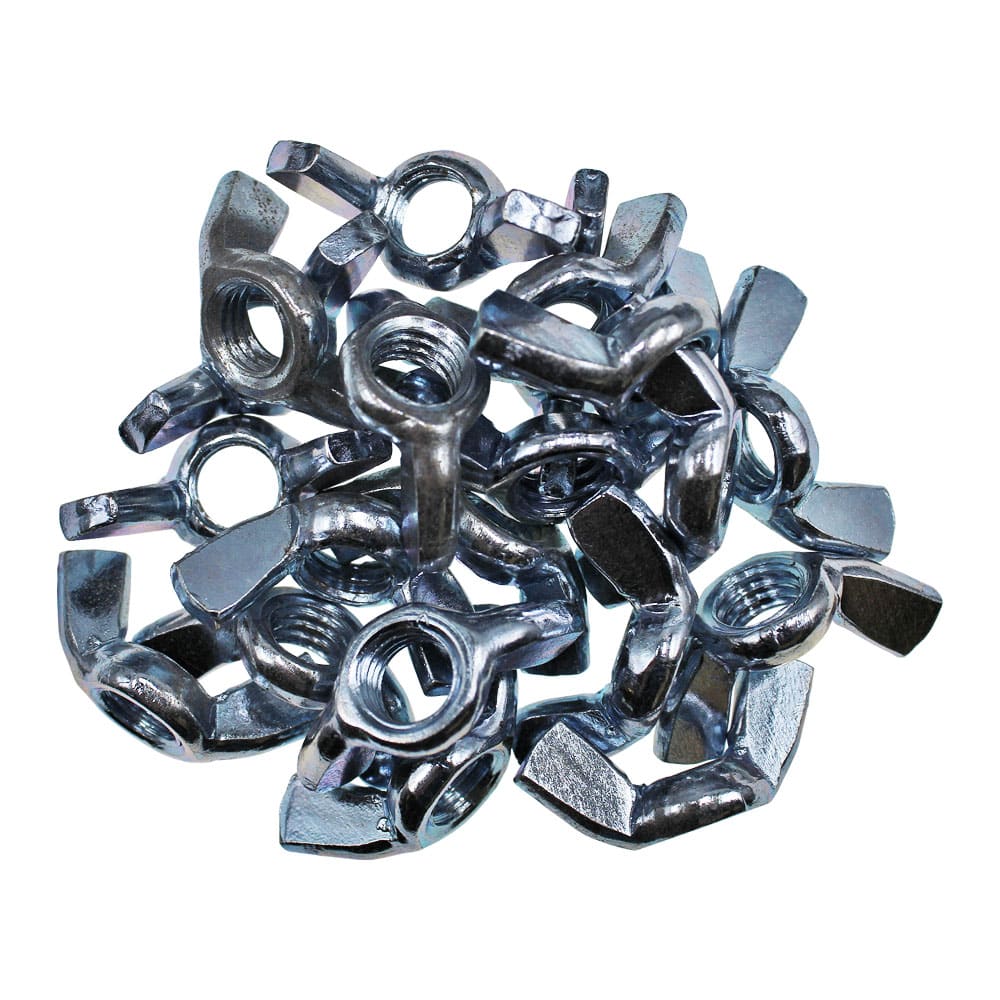
Speciality Metals
Unit 1, Farrell Street, Warrington,
Cheshire, WA1 2WW, United Kingdom
Quick Links
Payment Options
